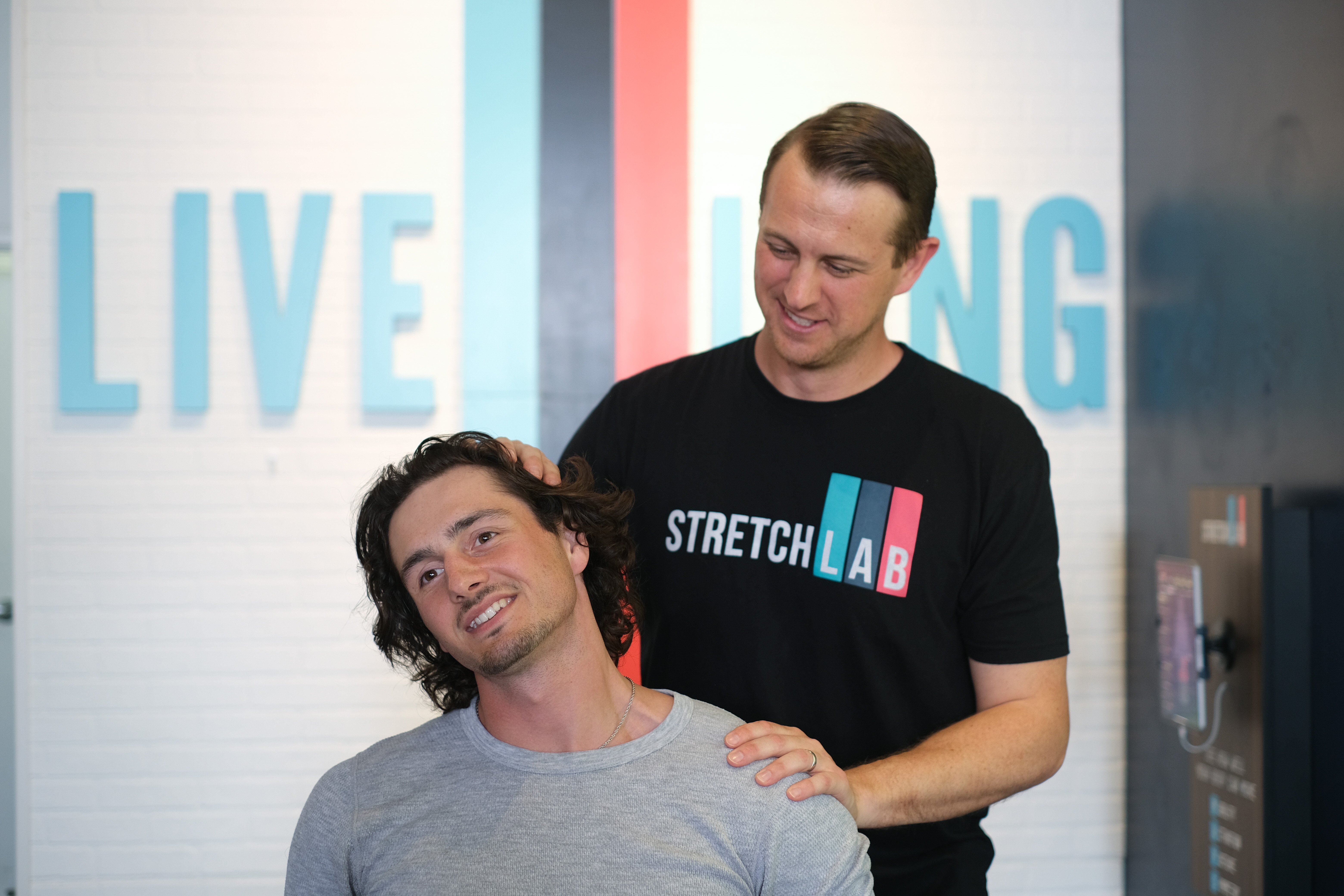Stretching is a non-negotiable for athletes, physical therapy patients, and anyone trying to improve their flexibility. But it’s not just for athletes and professionals - more and more people are looking to incorporate stretching into their daily routine to help improve their mobility and range of motion, whether it’s as simple as a quick, 5-second morning stretch, or something more intense. Which raises the question, what qualifies as stretching? Let’s dive deeper!
What is Stretching
Stretching is the act of extending or lengthening a muscle or group of muscles to improve flexibility and range of motion. This can be done in a variety of ways, including static stretching, dynamic stretching, proprioceptive neuromuscular facilitation (PNF) stretching, and assisted stretching.
Static stretching involves gently placing muscles under tension in a standing, sitting, or lying position for at least 20 seconds. An example of static stretching is holding your arm across your chest for 30 seconds so that you feel tension in the back of your arm being stretched. Static stretching is beneficial for loosening tight muscles and increasing flexibility.
Dynamic stretching involves moving the body through a controlled range of motion such as rotating an arm in a clockwork motion. These active movements often mimic movements done during an activity or sport. Dynamic stretching is beneficial for warming up muscles to reduce stiffness and increasing range of motion during physical activity.
PNF stretching involves contracting muscles, typically through a push and release technique. You would hold a static position for 10 seconds and then contract the muscle for 5 seconds before releasing into a deeper stretch and holding for another 20 seconds. PNF stretching helps the muscles get into a deeper stretch, allowing for better improvement in flexibility and range of motion.
Assisted stretching involves the assistance of a partner to help further stretch the muscles. This can be done with any partner, though many prefer to have an assisted stretch be done by a professional. Through assisted stretching, the PNF can be easily applied to help achieve greater range of motion and increased flexibility.

What Qualifies as Stretching? What Does Not?
What movements qualify as stretching is dependent on the type of stretching. For static stretching, a position needs to be held for at least 20 seconds. Static stretching often gets confused for yoga poses as many poses and stretches mimic the same position. The biggest difference is the flow of motion. Yoga involves actively flowing through different poses, whereas stretching is focused on one stretch at a time and holding that position for an extended length of time.
Then there’s dynamic stretching. Dynamic stretching mimics an activity with soft, controlled movements, but does not fully carry out the activity. Swinging your legs front and back or doing an external hip rotation would be dynamic stretches to do before an activity that required using your lower body. Walking or jogging would not qualify as dynamic stretches as this requires carrying out an activity.
Learn More From the Experts!
Stretching is a flexibility exercise that anyone can incorporate into their daily routine to help improve their flexibility and range of motion. If you’re just getting started, it’s understandable to have lots of questions around what kind of stretching makes sense for you and which stretches you should do. Don’t hesitate to look to an expert for guidance! The stretch practitioners at StretchLab are experts in helping clients incorporate stretching into their routine.


.jpg?width=600&name=913A9135%20(1).jpg)
